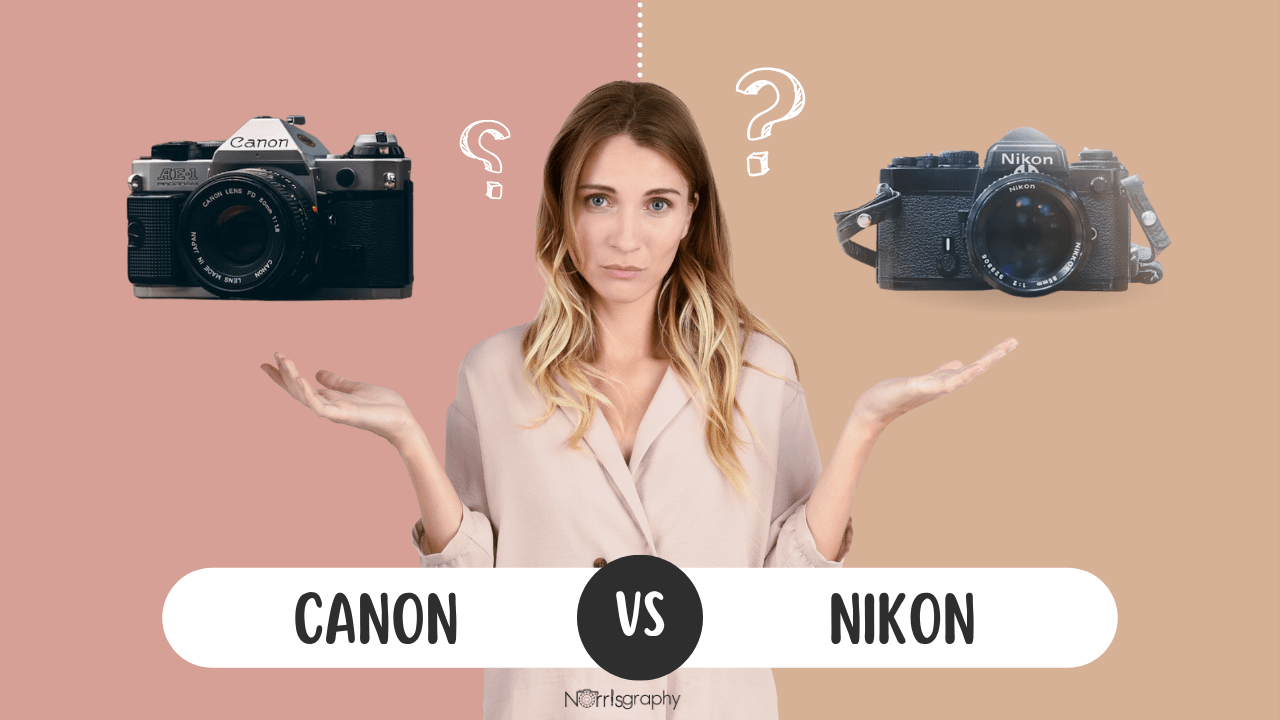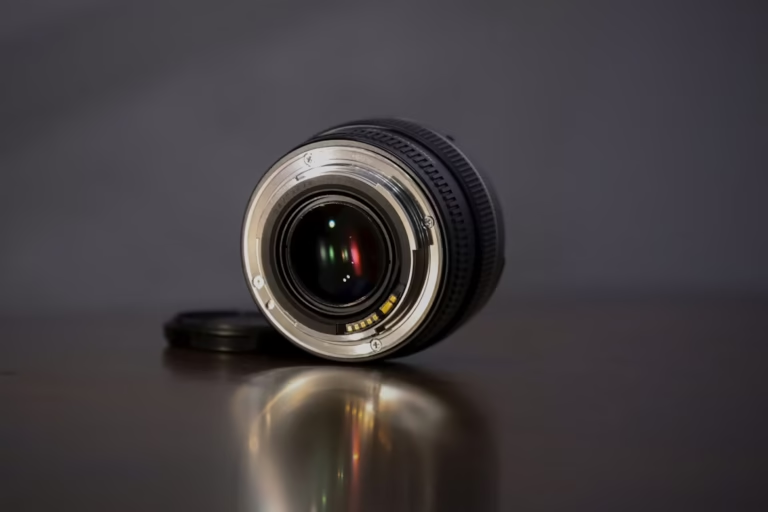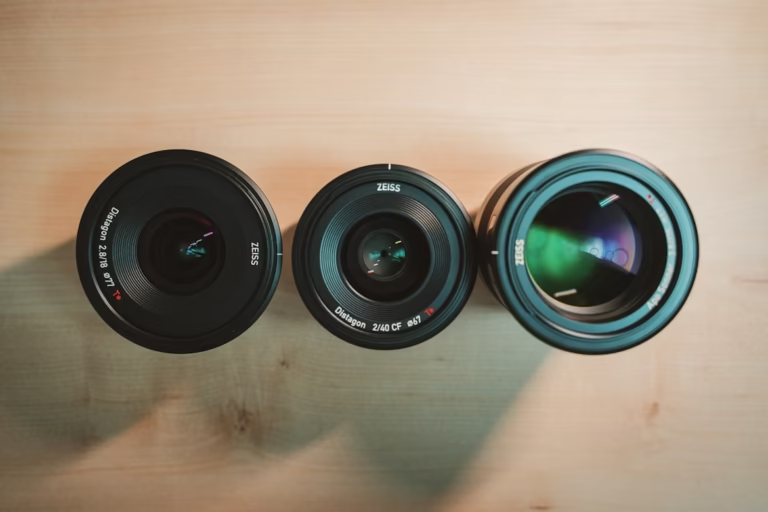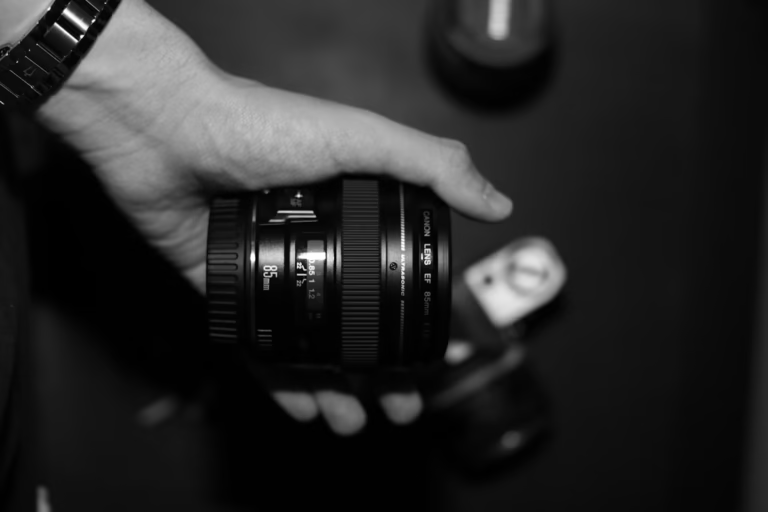
If you’ve spent any time researching cameras, you’ve probably noticed that the debate between Canon vs Nikon DSLR cameras is almost as old as digital photography itself. Walk into any photography forum, and you’ll find passionate advocates on both sides, each convinced their choice is superior. But here’s the truth: both brands make exceptional cameras, and the “better” choice really depends on what matters most to you.
Let me walk you through what actually matters when choosing between these two photography giants.
The Image Quality Question
Here’s something that might surprise you: The image quality difference between comparable Canon and Nikon DSLRs is negligible. Both brands produce sharp, detailed images with excellent dynamic range. You’d be hard-pressed to tell them apart in a blind test.
That said, there are subtle differences. Nikon sensors have historically excelled at shadow recovery, meaning you can pull more detail from darker areas of your photos during editing. This makes them particularly appealing for landscape photographers who often shoot in challenging lighting conditions.
Canon, on the other hand, has traditionally been praised for its color science, particularly how it renders skin tones. Portrait and wedding photographers often gravitate toward Canon for this reason. The colors tend to need less tweaking straight out of camera, which can save hours in post-processing.
Autofocus: Where Things Get Interesting
This is where real-world performance differences emerge. Canon’s Dual Pixel autofocus system, found in many of their DSLRs, is incredibly smooth and reliable, especially when shooting video or using live view mode. It tracks subjects naturally and handles tricky situations like low contrast scenes better than many competitors.
Nikon’s autofocus in their higher-end DSLRs like the D850 or D780 is equally impressive through the viewfinder, with more autofocus points spread across a wider area. This gives you more flexibility in composing shots without needing to focus and recompose.
For sports and wildlife photography, both brands offer professional bodies with exceptional autofocus systems. The Canon EOS-1D X Mark III and Nikon D6 are both absolute workhorses that can track fast-moving subjects with remarkable accuracy.
The Lens Ecosystem: Your Long-Term Investment
Here’s something many first-time buyers overlook: you’re not just buying a camera body, you’re investing in a lens system. Both Canon and Nikon have extensive lens catalogs built over decades.
Canon’s EF lens mount has been around since 1987, giving you access to an enormous selection of first-party and third-party lenses. From ultra-wide angles to super-telephoto primes, there’s a Canon lens for virtually every situation. The used market is also robust, making it easier to find deals.
Nikon’s F-mount has an even longer history, dating back to 1959. This legendary longevity means even vintage Nikon lenses can work on modern bodies (with some limitations). Nikon’s lineup is equally comprehensive, with particularly strong options in the telephoto and wide-angle categories.
Third-party manufacturers like Sigma, Tamron, and Tokina make excellent lenses for both systems, so you’re not limited to first-party options either way.
Ergonomics and User Experience
This is deeply personal, and I can’t stress enough how important it is to actually hold these cameras before buying.
Canon bodies tend to have menus that are slightly more intuitive for beginners, though some professionals find them oversimplified. The button layout on Canon cameras typically puts frequently-used controls within easy thumb reach.
Nikon cameras often have a steeper initial learning curve, but many photographers find their layout more efficient once mastered. Nikon also tends to place more physical controls on the body itself, reducing the need to dive into menus.
The viewfinder experience differs too. Nikon’s viewfinders are often praised for being brighter and larger, particularly in their professional bodies. Canon’s viewfinders are excellent as well, but some photographers find Nikon’s slightly more comfortable for extended shooting sessions.
Value Proposition: Getting the Most Bang for Your Buck
In the entry-level and mid-range categories, both brands offer competitive options. The Canon EOS Rebel series and Nikon D3500/D5600 line provide excellent image quality and features for beginners without breaking the bank.
As you move up the price ladder, Nikon often delivers slightly better value in terms of specs-per-dollar. The D750 and D850, for instance, packed incredible features at prices that undercut comparable Canon bodies when they launched.
Canon’s strength lies in their color reproduction and ecosystem integration, which some professionals argue justifies any price premium.
Making Your Decision
So which should you choose? Consider these questions:
- What will you shoot most? Portraits and weddings might lean Canon; landscapes and wildlife might favor Nikon.
- Do you have friends or family with gear you could borrow? Staying in their ecosystem gives you access to lenses and accessories.
- What feels right in your hands? Visit a camera store and handle both brands.
- What’s available in your budget? Check both new and used markets for deals.
The honest truth is that both Canon and Nikon make fantastic DSLRs that will serve you well for years. The photographer matters far more than the camera. A skilled shooter will create stunning images with either brand.
Ready to Start Your Photography Journey?
The best camera is the one that inspires you to get out and shoot. Whichever brand you choose, focus on learning the fundamentals, composition, lighting, and storytelling. Those skills will serve you regardless of what gear you’re using.
If you’re still on the fence, consider checking out some photography communities online where you can see real-world examples from both systems. Browse through galleries, ask questions, and don’t be afraid to reach out to photographers whose work you admire. Most of us love talking about gear and are happy to share our experiences.






